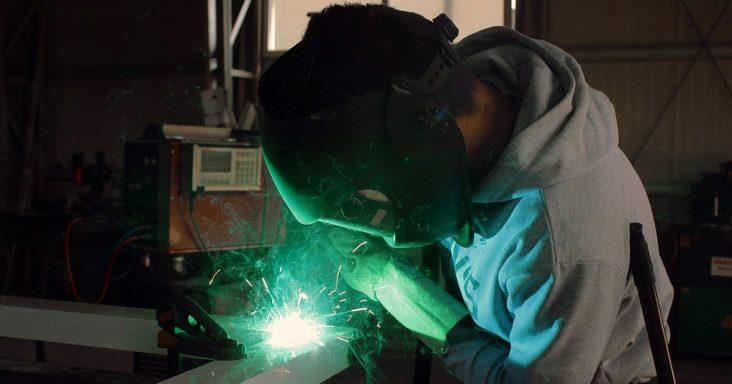Manufacturing economy grew in August; PMI at 56%
by September 1, 2020 10:13 am 351 views

Economic activity in the manufacturing sector increased in August, and the overall economy had its fourth consecutive month of growth, according to the Institute for Supply Management (ISM).
The ISM released Tuesday (Sept. 1) the Manufacturing ISM Report of Business showing the Purchasing Managers’ Index (PMI) increased 1.8 percentage points to 56% in August, from July. The figure indicates the economy expanded for the fourth consecutive month after it contracted in April. The contraction ended 131 consecutive months of growth. A PMI above 50% indicates the manufacturing economy is expanding.
The new orders index rose 6.1 percentage points to 67.6% in August, from July. The production index increased by 1.2 percentage points to 63.3%. The backlog of orders index increased by 2.8 percentage points to 54.6%. The employment index rose 2.1 percentage points to 46.4%. The supplier deliveries index increased by 2.4 percentage points to 58.2%. The inventories index fell 2.6 percentage points to 44.4%. The prices index increased by 6.3 percentage points to 59.5%. The new export orders index increased by 2.9 percentage points to 53.3%. The imports index rose 2.5 percentage points to 55.6%.
“After the coronavirus (COVID-19) brought manufacturing activity to historic lows, the sector continued its recovery in August, the first full month of operations after supply chains restarted and adjustments were made for employees to return to work,” said Timothy Fiore, chair of the ISM Manufacturing Business Survey Committee. “Survey committee members reported that their companies and suppliers operated in reconfigured factories, with limited labor application due to safety restrictions. Panel sentiment was generally optimistic, though to a lesser degree compared to July. Demand expanded, with the new orders index growing at very strong levels, supported by the new export orders index expanding modestly; customers’ inventories index at its lowest figure since June 2010, a level considered a positive for future production; and backlog of orders index indicating growth for the second consecutive month.”
Consumption, which is measured by the production and employment indexes, contributed to a combined 3.3 percentage point increase to the PMI as industries continued to expand output in August. Inputs, which comprise supplier deliveries, inventories and imports, were flat in August because of supplier delivery issues returning and import levels expanding. Inventory levels fell again as a result of strong production output and supplier delivery issues. Inputs likely had the largest effect on production growth and contributed to a combined 0.2 percentage point decrease to the PMI. Prices continued to expand and at higher rates, and this reflected a shift to seller pricing power, a positive for new order growth.
“Demand and consumption continued to drive expansion growth, with inputs representing near- and moderate-term supply chain difficulties,” Fiore said. “Among the six biggest manufacturing industries, food, beverage and tobacco products remains the best-performing sector, with chemicals; computer and electronic products; and fabricated metal products growing strongly. Transportation equipment also expanded but at a low rate. Petroleum and coal products sunk into contraction territory.”
Many companies are delaying capital investments for the remainder of 2020 because of the existing economic environment, according to the report. “In addition, commercial aerospace equipment companies, office furniture and commercial office building subsuppliers and companies operating in the oil and gas markets — as well as their supporting supply bases — are and will continue to be impacted due to low demand,” Fiore said. “These companies represent approximately 20% of manufacturing output. This situation will likely continue at least through the end of the year.”
